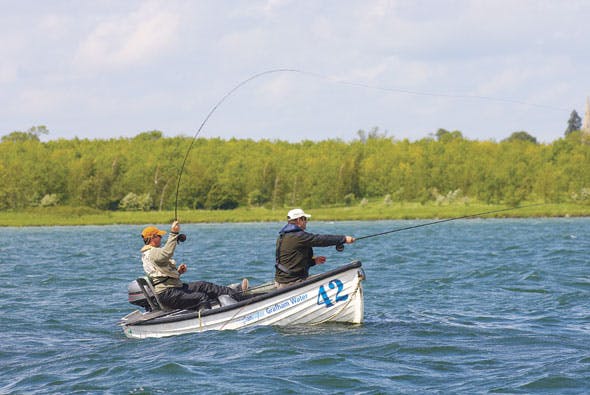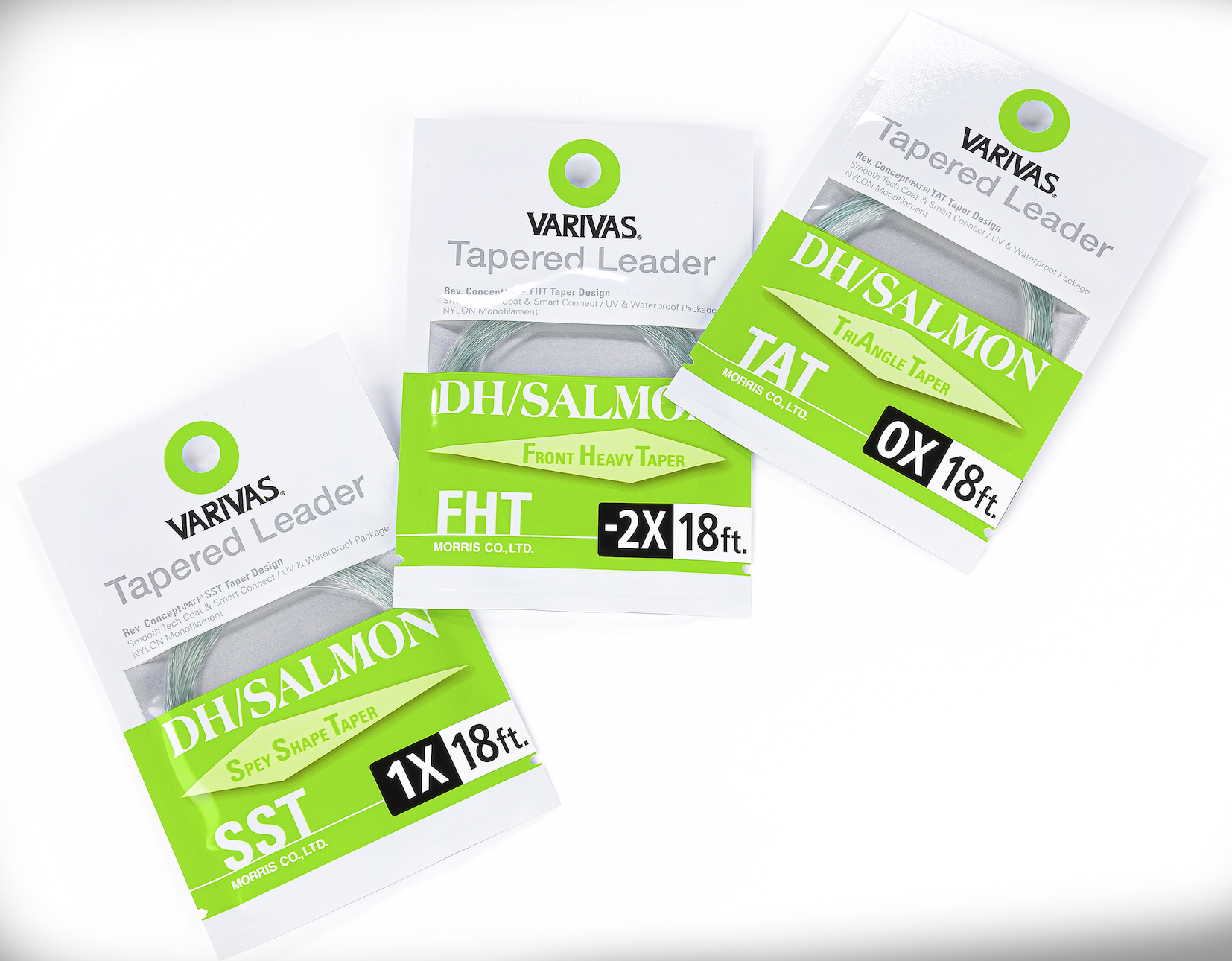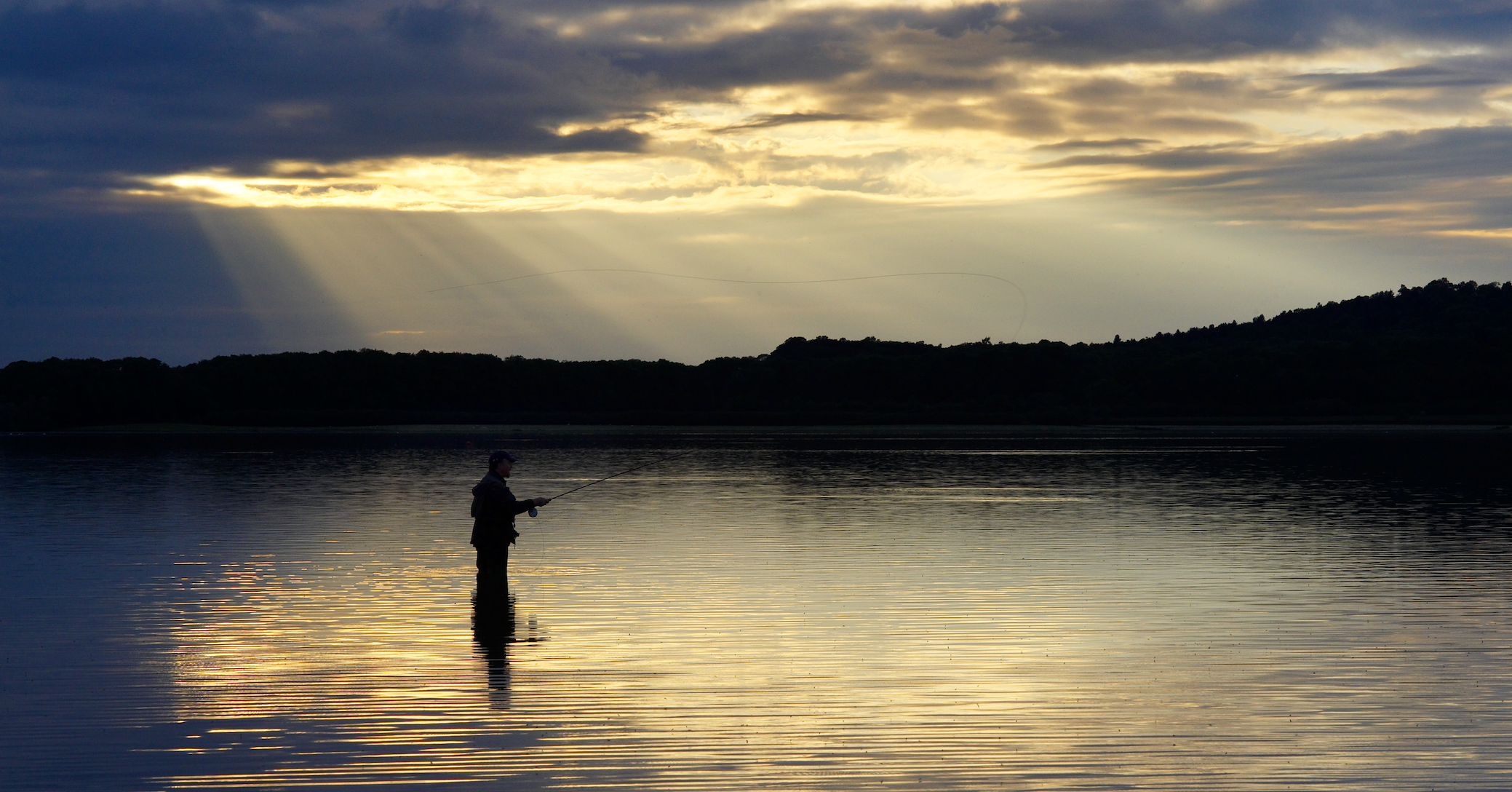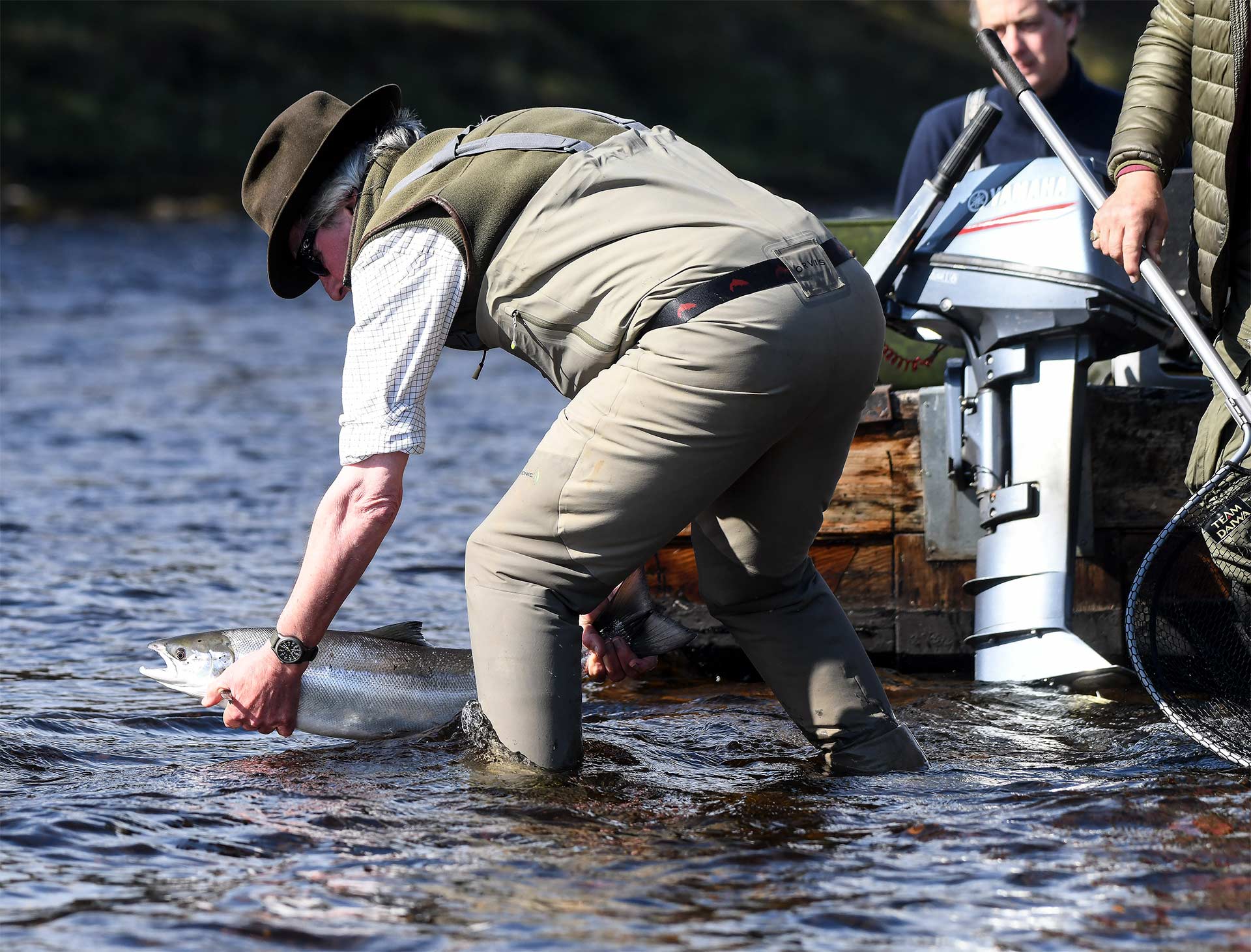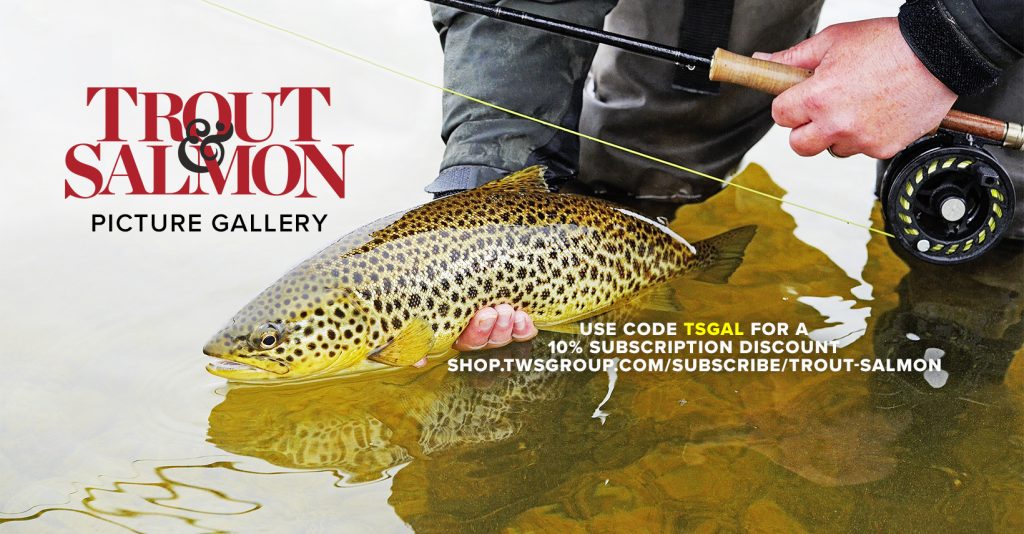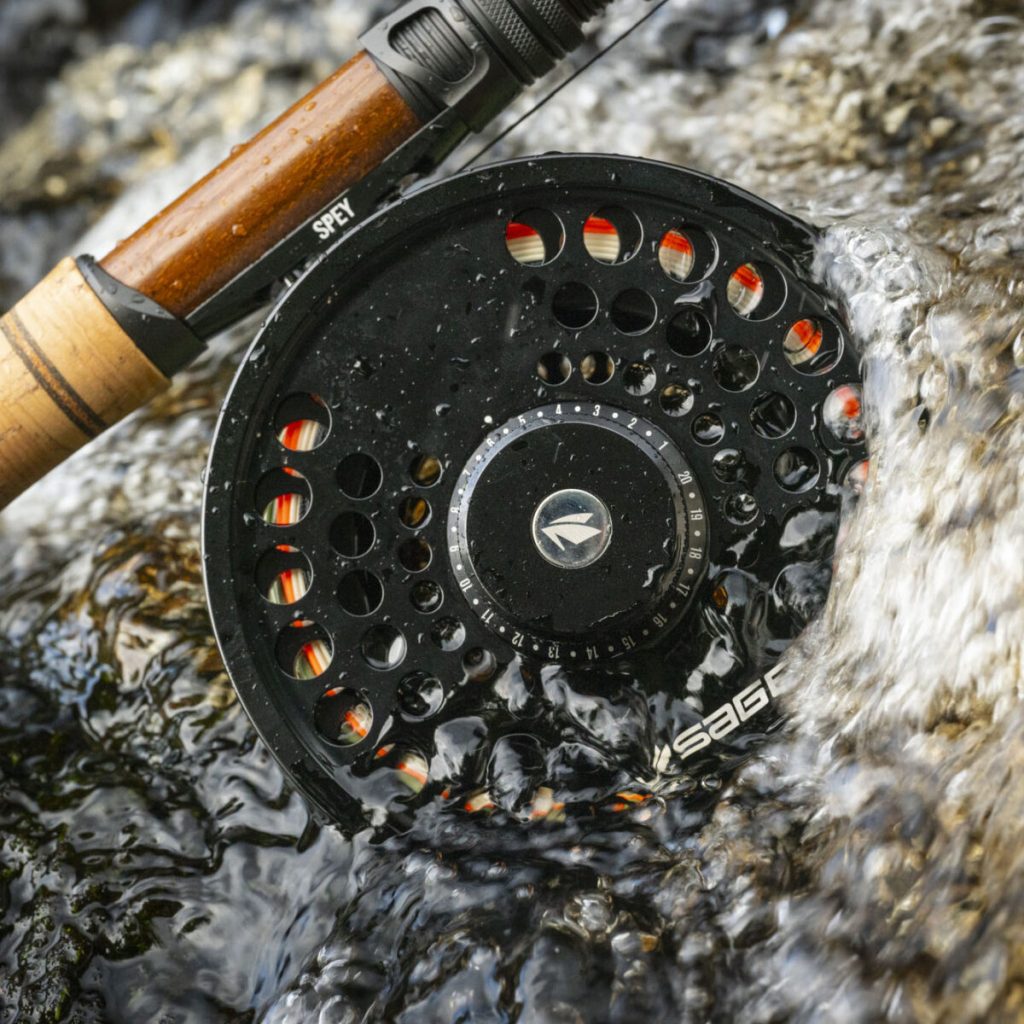News
Tips & Advice
Catch salmon from a boat
A renowned Tweed boatman explains the dos and don'ts of going afloat on a big river
Would you like to appear on our site? We offer sponsored articles and advertising to put you in front of our readers. Find out more.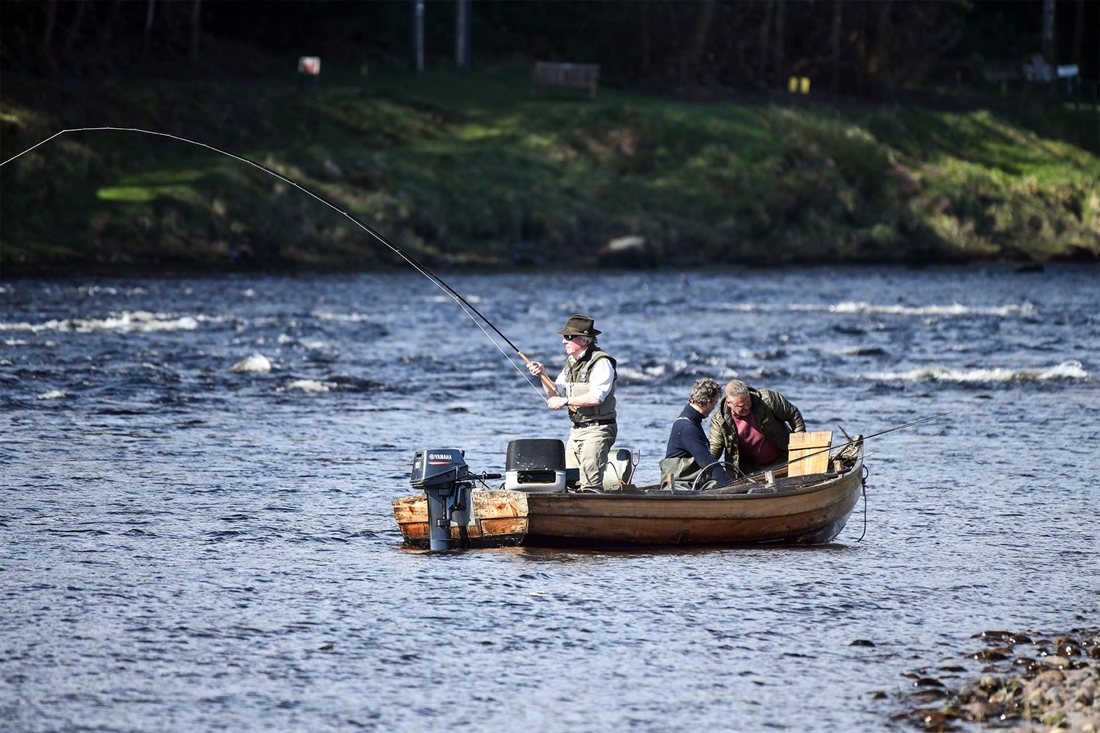
Why fish from a boat and not the bank? The main advantages of fishing from a boat are that you can cover lies that are beyond the range of a cast from the bank and fish streams that are too deep or wide to wade. There are also pools and runs where confused water (such as back eddies) lies between you and fish-holding lies and line and fly control is difficult from the bank – the conflicting currents will stop your bait or fly from swinging round in the preferred manner. If you fish from a boat, these barriers can be overcome.
Take it in turns
On a beat where fishing from a boat is your best chance of a fish and there are more rods in the party than there are boats, a good boatman will arrange a rotation so that each rod gets a stint afloat.
For all abilities
A boatman’s job is to make it easier for the fisher – whatever their ability – to cover water. Not everyone can cast 40 yards and if it’s windy, or the angler is a beginner, a boatman can help by moving the boat closer to the lies.
Master the double-spey cast
The same casts used on the bank are used in a boat, although a left- and right-handed double-spey cast is the most useful as you will probably be seated at the back of the boat and will need to position your D-loop off the stern, away from the boatman. One of the things that anglers struggle with the most when fly-fishing from a boat is the need to cast with their non-dominant hand. The biggest mistake is standing on your line or it getting stuck under your bag
or feet when a fish takes.
Sitting down, staying safe and keeping warm
You will be warmer when fishing from a boat because you are not up to your thighs in water. You will also be sitting, so for those who find it difficult to wade or stand for long periods, a beat with a boat is a good option. Beats will supply you with a lifejacket and standing must be kept to a minimum. If you stand your body may catch the wind like a sail and the boat may be blown all over the place or, worse, you could lose your balance and fall overboard. For safety and boat-handling reasons it is unlikely you’ll be fishing from a boat if the water is 3 ft above normal level.
Trial and error
Typically, from a boat you’ll be asked to cast just downstream of square, across the current. Then you may mend your line and let it swing almost on to the dangle, and then retrieve it. On your next cast you might start retrieving the fly halfway round. It’s just trial and error. Your boatman will tell you what he wants you to do, so listen and learn.
At the end of a rope
On some rivers, when the water is too big and powerful for the boatman to control the boat on the oars, you can fish from a boat that is tethered to the bank or by a rope held by the gillie on the bank. Not all beats suit the use of ropes and much depends on the currents and wind direction.
Head for the shore to net a fish
When you have hooked a fish on the fly and a double-handed rod, the boatman will row you ashore to net it. With a long rod you are more likely to lose control of the fish when it is close to the boat or, worse, break your rod when trying to net it. It is okay to net a fish from the boat with a spinning rod because it is shorter and more manageable.
No need for a new rod
You can use the same rod from the boat as you would use from the bank. A 14 ft or 15 ft double-hander is best for fly-fishing. If you’re spinning, take a 10-footer.
Ask the boatman about flies
Ring the boatman a week or so before you fish to see what patterns and sizes have been successful and what might work in the given height of water. Make sure you have a good selection before you reach the beat.
Better for sinkers
You can use the same fly-lines from a boat as you would from the bank. However, one line that is better controlled from a boat is a heavy fast-sinking line. When cast from the bank this line is more likely to catch on the bottom as it is drawn into the shallow margins at the end of its swing.
Related articles
News
Tackle
Sage Spey II reel
In sizes for trout and salmon and with looks to match its performance, Sage’s new fly reel is the perfect match for spey casts.
By Time Well Spent
Manage Consent
To provide the best experiences, we use technologies like cookies to store and/or access device information. Consenting to these technologies will allow us to process data such as browsing behavior or unique IDs on this site. Not consenting or withdrawing consent, may adversely affect certain features and functions.
Functional Always active
The technical storage or access is strictly necessary for the legitimate purpose of enabling the use of a specific service explicitly requested by the subscriber or user, or for the sole purpose of carrying out the transmission of a communication over an electronic communications network.
Preferences
The technical storage or access is necessary for the legitimate purpose of storing preferences that are not requested by the subscriber or user.
Statistics
The technical storage or access that is used exclusively for statistical purposes.
The technical storage or access that is used exclusively for anonymous statistical purposes. Without a subpoena, voluntary compliance on the part of your Internet Service Provider, or additional records from a third party, information stored or retrieved for this purpose alone cannot usually be used to identify you.
Marketing
The technical storage or access is required to create user profiles to send advertising, or to track the user on a website or across several websites for similar marketing purposes.

